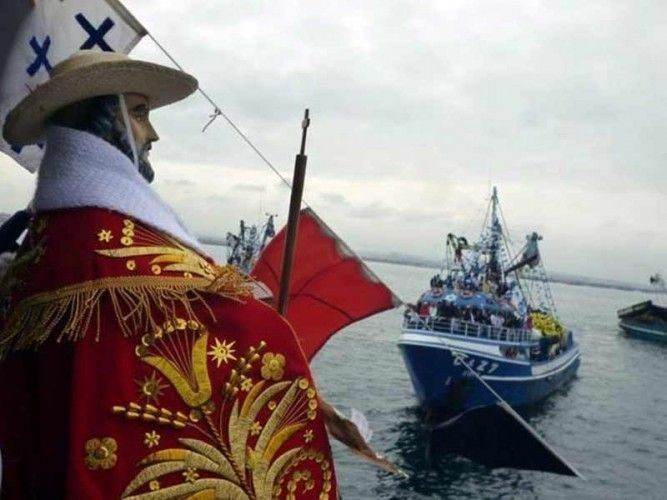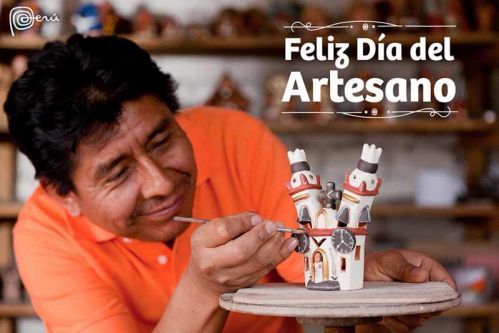Christians around the globe celebrate St. Peter and St. Paul’s day on June 29. In Peru this day is a public holiday, however mainly the faithful in coastal communities and cities honor these two saints in special masses and processions.
St. Peter, a fisherman by trade from a town on the shores of the Sea of Galilee in today’s northeast Israel was one of the twelve Apostles. He played a leadership role within in the group of faithful men being with Jesus during events witnessed by only a few apostles, such as the Transfiguration. He is considered being the “Prince of Apostles” and the first Pope (Bishop of Rome) of the Catholic Church.
Saint Paul, a tentmaker by trade, was a born Roman citizen and Jew from Tarsus, one of the largest trade centers on the Mediterranean coast in today’s Turkey, and one of the twelve Apostles. He was a gifted writer contributing 13 of the 27 books of the New Testament, founded several churches and established some of the very fundamental concepts of faith.
Saint Peter and Saint Paul died keeping their faith presumably on the same day as martyrs - Saint Peter was crucified while Saint Paul is believed to have been beheaded, resulting in honoring them together on one day.
As St. Peter is considered the patron saint of the fishermen, in Peru mainly communities along the coast have larger celebrations.
St. Peter and Paul festivities in the larger Lima region
In Callao and Lima’s district Chorrillos, for example, the day starts with a mass in honor of Saint Peter and Saint Paul. Then fishermen carry the statue of the Apostle accompanied by singing and praying in a procession to the shore where it is placed on board of a decorated boat.
St. Peter and Paul celebrations in Chimbote
Declared a National Patrimony in 2018, the Fiesta de San Pedrito in Chimbote in the Ancash region attracts lots of local and foreign worshippers. It is considered being the most emblematic religious expression of the cultural and historical identity of Chimbote.
The feast day starts early in the morning with a mass. Then the statue of Saint Peter is paraded through town in a large procession. In the Huanchaquito neighborhood it is brought on board of a decorated vessel and the procession continues accompanied by many other boats on the ocean before the statue is returned to the church. In town celebrations with artisan and food fairs continue.




























